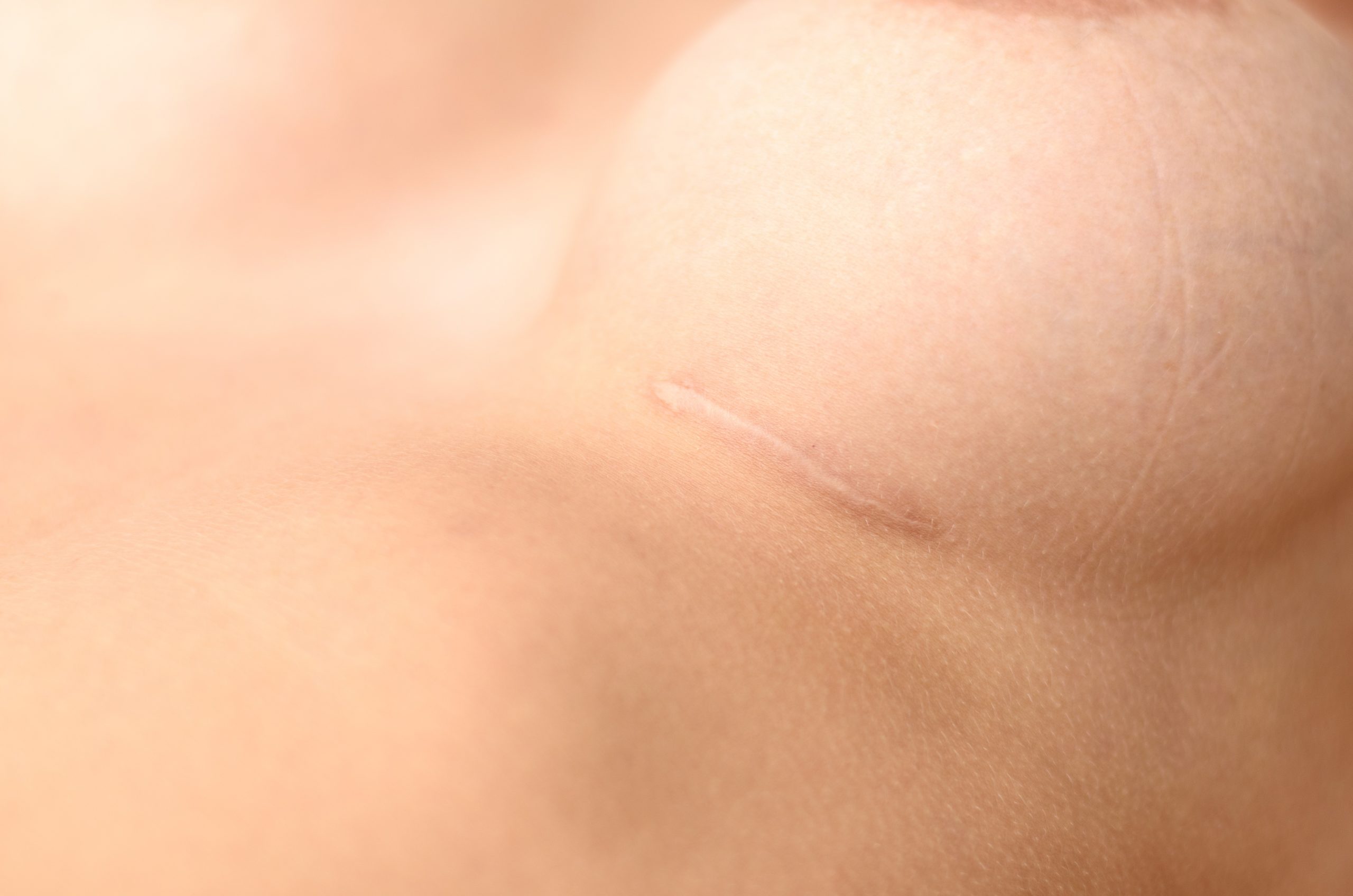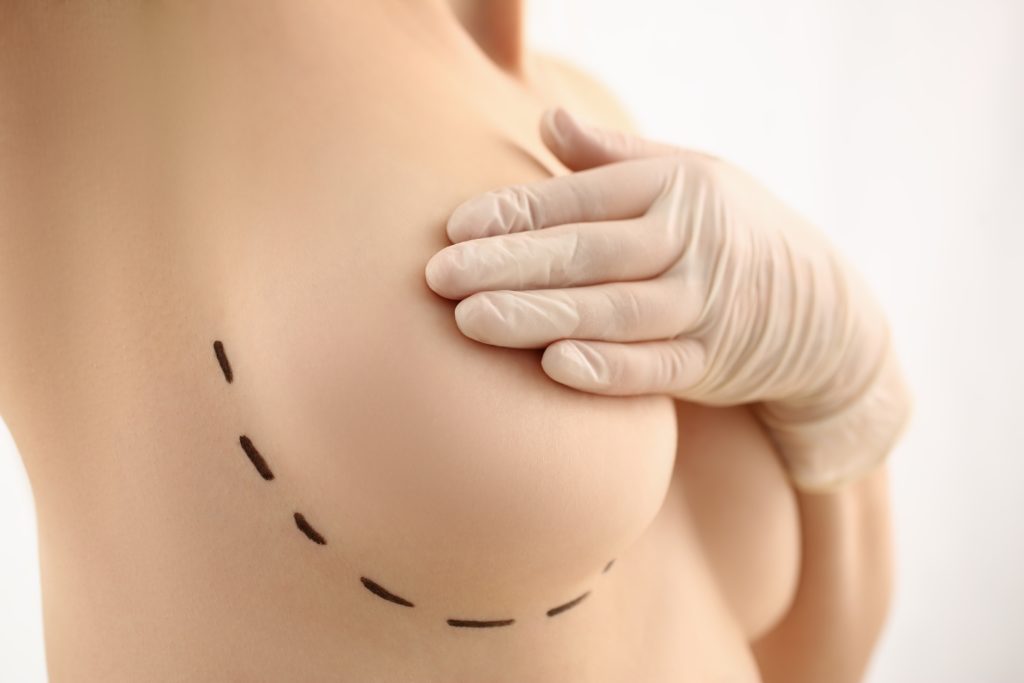Dr Barretts Tips for The Ultimate Brazilian Butt Lift Recovery
Congratulations! We’re sure you’re feeling pretty uncomfortable right now, but rest assured: you’re on your way to your new self! But first. you’re going to
Enjoy complimentary standard delivery on all domestic orders over $200!

Whether it’s elective or not, surgical scars are a reality anytime you go under the knife. But not all surgical scar healing is created equal; there are a number of things that factor into the visibility of surgical scars, as well as the steps you can take to minimize the look of your surgical scars.
A properly certified and experienced plastic surgeon will take care during your surgery to optimize techniques to leave as small of a scar as possible. This can include making incisions in inconspicuous places and closing incisions in layers for easier postoperative healing with less tension. Doing your research and thoroughly vetting your plastic surgeon is vital to the outcome of your surgery.

Dr. Barrett has a carefully curated postoperative scar regimen to ensure the only reminder of your procedure are your desired results. Specifically, he recommends Skinuva®, a surgical scar healing cream that’s backed by science and uses highly selective growth factors which are shown to be twice as effective as silicone cream. Skinuva® is ideal for treating newer scars, typically ones that are less than a year old, and healing scars after plastic surgery that are still red, raised, thickened, tender, itchy, and/or darkly pigmented.
Another key treatment in his postoperative scar regimen is The Barrett Red Light Therapy Panel, an easy-to-use, at-home device that combines therapeutic light energy with patented technology to treat scars from within. It works by using red light therapy to penetrate the body at the cellular level with specific wavelengths of light, reducing inflammation and supporting tissue repair and regeneration.

Surgical scars – and all scars for that matter – are very sensitive areas. Think of them as brand-new skin that’s trying to heal, making it much more vulnerable and more likely to get sunburned, especially for the first year after your surgery. Sun exposure on a healing scar can cause post-inflammatory hyperpigmentation, turning the scar from pink to brown, and even cause it to appear more raised and inflamed. Additionally, exposing a new scar to the damaging effects of the sun can increase your risk of skin cancer. To minimize both the aesthetic and health risks, covering your scar with clothing offers the best protection. On areas where this isn’t possible, a broad-spectrum sunscreen your next-best protection for surgical scars. Dr. Barrett’s recommendation for surgical scar protection (and beyond) is a lightweight, physical, broad-spectrum sunscreen that blends titanium dioxide, micronized zinc oxide and pure vitamin E for superior water-resistant, broad-spectrum UVA/UVB protection with a ultra-sheer matte finish. And don’t forget: it’s important to apply sunscreen 15 minutes prior to sun exposure and reapply every 2 hours to ensure proper protection.
While scarring to some degree is inevitable, the visibility of your scars depends on very actionable steps you can take prior to and after your surgery.
Congratulations! We’re sure you’re feeling pretty uncomfortable right now, but rest assured: you’re on your way to your new self! But first. you’re going to
Whether it’s elective or not, inflammation or swelling after surgery is a reality anytime you go under the knife. Inflammation, which is actually an inflammatory

When it comes to any surgery, planning for after the procedure is the answer to a speedy and comfortable recovery. Preparing ahead helps to reduce stress. Taking


Congratulations! You’ve just made a life-changing decision to look and feel your best, and you’re on your way to your new self! But you’re going


Congratulations! We’re sure you’re feeling pretty uncomfortable right now, but rest assured: you’re on your way to your new self! But you’re going to go


For some, making the decision to change their body through breast reduction surgery is an easy one; for others, there can be months or even years of
Always consult with your physician before using
any of the products and materials available for purchase on our website.
Always consult with your physician before using
any of the products and materials available for purchase on our website.
A Dr. Daniel Barrett Company
Visit:
www.drdanielbarrett.com

